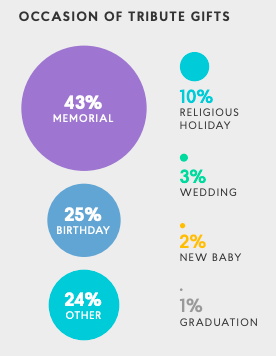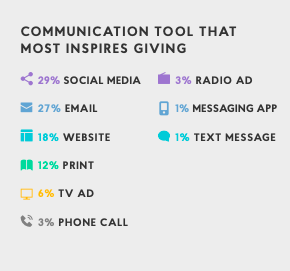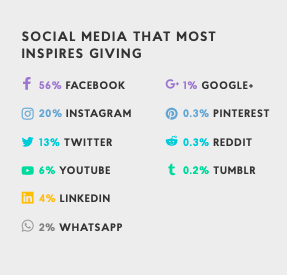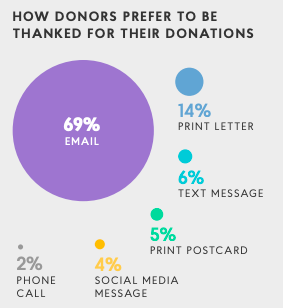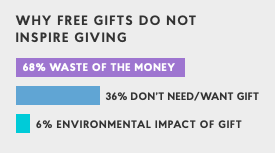How many times during the day, without even thinking about it, do you use a digital account? Twenty? Fifty? More? Think about it, within the space of just a few minutes you’ll login to your work email, post to your Facebook account, upload files to Dropbox, and check your credit card statement from your banking app. There’s no doubt digital accounts are a regular part of the hum of daily life. A huge amount of your personal and financial information is not only held online, it’s held entirely online, and nowhere else.

Just as dying without a will can cause grave stress and even anguish to your loved ones, dying without passing along information and instructions on your digital accounts can cause major headaches. Considering that you may well have dozens or even a hundred different digital accounts, this represents a huge challenge to your executor.
Defined broadly as any multimedia, website login, online account, hardware, and/or software — your digital assets can quickly accumulate and represent a vast amount of information, both personal and professional. (Digital assets encompasses tools for both personal or professional use).
Anything from your Facebook business page to your Paypal account is counted as a digital asset. When you pass away, these accounts will (presumably) need to be accessed by your executor. Which is weird, when you think about it, considering all the time we spend on anti-virus software, reporting spam, and avoiding hacks of our online selves. These accounts will need to be used totaling up all your assets and finalizing your affairs. Your online bank or credit union records will be used for the former. Shutting down your social media profiles will be part of the latter. In any case, an executor needs access.
The law and the online world have had a rocky relationship thus far. There are so many competing principles, including privacy, ownership interests, ability of companies to freely contract with customers, and a probate code that in many ways is more attuned to the 1800s than the 2000s. These clashing concepts means we only now are beginning to codify solutions to the online world issues and problems.
For example, how should the law handle terms-of-service agreements, after one party to the agreement has died? You remember that little box you check every time you update your computer or get a new account. All that small print includes terms-of-service agreements to which you agreed. These agreements, in addition to state and federal privacy laws, forbid unauthorized access to digital accounts.

Enter the 2015 Revised Uniform Fiduciary Access to Digital Assets Act. (Try saying that five times fast!) This statute’s title is legal speak for, “Here’s what you do with someone’s digital accounts like email and social profiles and financial institution accounts after they die.” It provides (relatively clear) rules so an executor can effectively manage a decedent’s digital accounts without violating any laws (like the terms-of-service agreements).
Iowa is one of the majority of states which enacted the Digital Assets Act, but only recently. Governor Branstad signed Senate File 333, the Iowa Uniform Fiduciary Access to Digital Assets Act, on April 20, 2017.
The Digital Assets Act gives you the power to plan for the management and disposition of your digital assets in similar ways to your planning for disposition of tangible property. In case of conflicting instructions, the Digital Assets Act provides a three-tiered system of priorities:
Tier One
Just like a beneficiary on an account trumps what’s written in a will, if a service provider like Google offers a mechanism for the account holder to outline their wishes post-mortem, then that tool is used as the primary instruction. Note that other tools, like Twitter, have a specific policy involving steps like submission of a death certificate by an authorized representative. But, if a digital service offers you the option to set what happens upon your passing—who should be notified or has access to the account—use it.

Tier Two
If an online account doesn’t offer any sort of contingency plan, then put directions for digital assets in your will, and in your powers of attorney, and in trust agreements, if applicable. If nothing’s specified with the service provider, then directions in an estate plan are the next, best clear intention. Don’t rely on general definitions of the executor’s powers, or what “assets” mean, to wrongly assume these cover your digital assets. A written statement(s) ideally gives your executor equal access to what you had during life. Considering you could have dozens or even hundreds of online accounts, include an overarching, general statement that includes any account owned by the decedent. Consider using specific instructions for intentions on particular accounts.
You should include these instructions in your estate planning documents even if you’ve designated an account executor with the service provider . . . it doubles down on your wishes.
Tier Three
If digital assets aren’t accounted for by a service provider tool or in an estate plan, then the determination of how the assets may be dealt with falls to the dreaded service agreement. Such agreements typically prohibit anyone accessing the account aside from the owner.

Easy Steps to Take
Beyond knowing these three tiers of the Digital Assets Act, there are a few (relatively) easy steps you can take to ensure your digital assets are both accessible and accounted for:
- Consider a password manager like LastPass. With this tool there’s one password to login and then the executor could see all the sites you use regularly. In a way it’s like a net worth statement of investments . . . but for accounts.
- In addition to a password manager, write down an inventory of your accounts and log-in information; keep it secure and updated. Of course, don’t put this login info in your estate plan documents. Give clear instructions to your trusted family member or friend as to where to find this document.
- You’ll want to consider what you want your executor to be able to access. Do you want them to be able to read all your private emails and private message chats? If not, you may specify limited access.
- This goes without saying, but think long and hard about precisely who you want to have access to your online accounts. Someone may be qualified to be your Financial Power of Attorney agent, but entirely unqualified to handle your digital accounts. You’ll need to consider both trustworthiness and tech savvy and tech aptitude in your decision.
Don’t Just Tweet About It, Talk About It
If you don’t have an estate plan yet, the best place is to start with my Estate Plan Questionnaire. It’s free and provided at no obligation.
If it’s time to update your estate plan to include digital assets, I would love to discuss your situation. Reach out at any time by email at gordon@gordonfischerlawfirm.com, or on my cell at, 515-371-6077.


